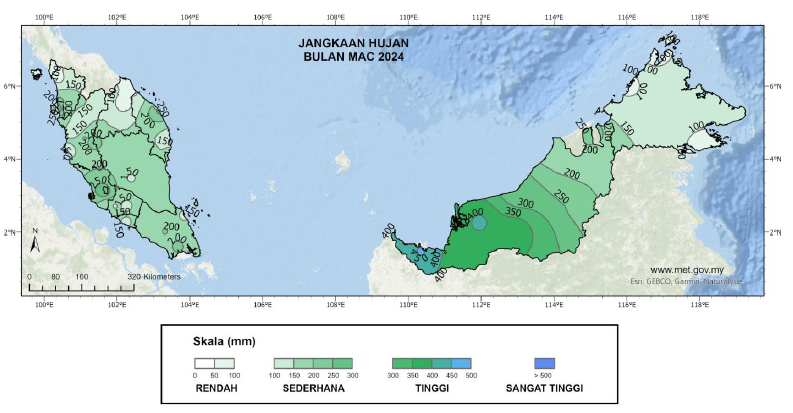Articles
EL NINO AFFECTS CROPS
What is El Niño? And can the impact of dry spells affect a region and its crops?
El Niño is a natural atmospheric and oceanographic phenomenon that occurs in the tropical Pacific region. This phenomenon involves changes in sea surface temperatures and winds in that area, and it has a significant impact on global climate. There are two main phases: El Niño and La Niña, which is the contrasting phase to El Niño.
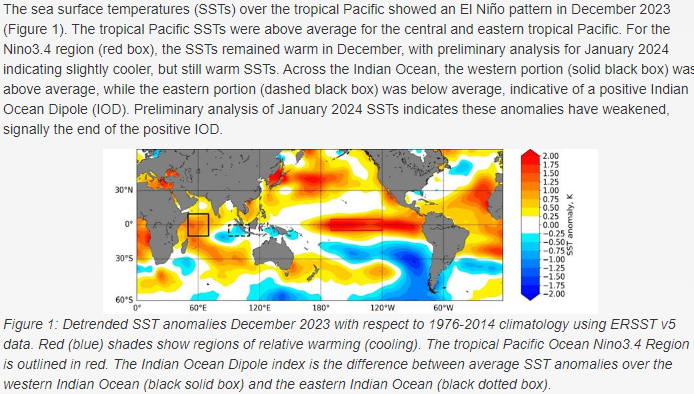 Source: ASEAN Specialised Meteorological Centre (ASMC) 6 February 2024.
Source: ASEAN Specialised Meteorological Centre (ASMC) 6 February 2024.
El Niño & Dry spells
1. Surface Sea Temperature Warming: El Niño occurs when sea surface temperatures in the central and eastern Pacific exceed the average. This phenomenon typically spans several years and can last for several months.
2. Changes in Wind Patterns: The trade winds, which usually move from east to west, weaken or change direction during El Niño. This has a significant impact on weather systems worldwide.
How dry spells periods can affect a region:
1. Water Supply Issues: Extended dry periods can lead to declining water levels in rivers, lakes, and reservoirs. This can result in water shortages for agriculture, industry, and households.
2. Agricultural Impact: Water shortages can harm crop yields and lead to crop failures. Farmers may face challenges in irrigation, crucial for many crops.
3. Environmental Instability: Dry periods can stress ecosystems, affecting wildlife and biodiversity. Water scarcity can also contribute to habitat degradation.
4. Health Uncertainties: Limited water supply can impact public health, leading to issues related to sanitation and hygiene. Water scarcity can also contribute to the spread of waterborne diseases.
5. Energy Production Impact: Hydroelectric energy production can be affected by low water levels in rivers and reservoirs. This can result in a decrease in energy output from hydroelectric power stations.
In November 2023, the Malaysian Meteorological Department (MET Malaysia) issued a media statement regarding the hot weather status on 27/2/2024. (Infographic) "In the late phase of the Monsun Timur Laut (MTL), namely February to March 2024, it is anticipated that the northern regions of the Peninsula (Perlis, Kedah, Penang, Perak, Kelantan, Terengganu), Sabah, Labuan, and northern Sarawak will experience reduced rainfall. The expected hot and dry weather conditions starting in March 2024 may lead to a heatwave. The highest temperature recorded by MET Malaysia's main meteorological station so far is 37.2 degrees Celsius in Alor Setar, Kedah, on 8 February. This situation is attributed to the anticipated continuation of El Niño until mid-2024."
(Source: Jabatan Meteorologi Malaysia)
The lack of rain and drought have negative effects on plants, especially in agriculture.
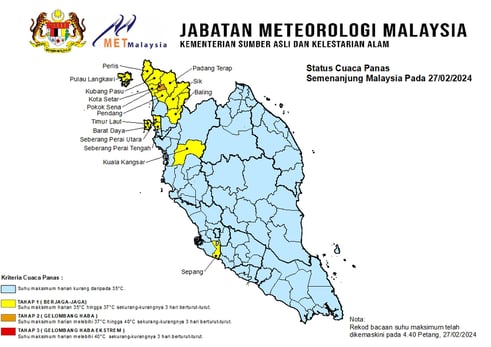
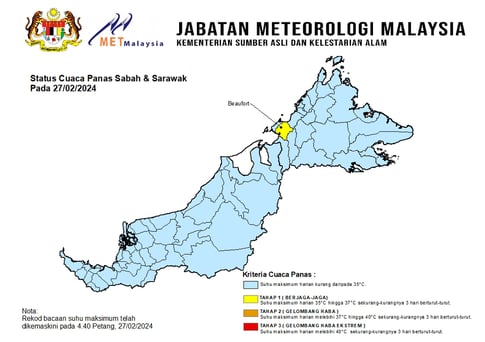
Source: Jabatan Meteorologi Malaysia (MET Malaysia) 28 February 2024
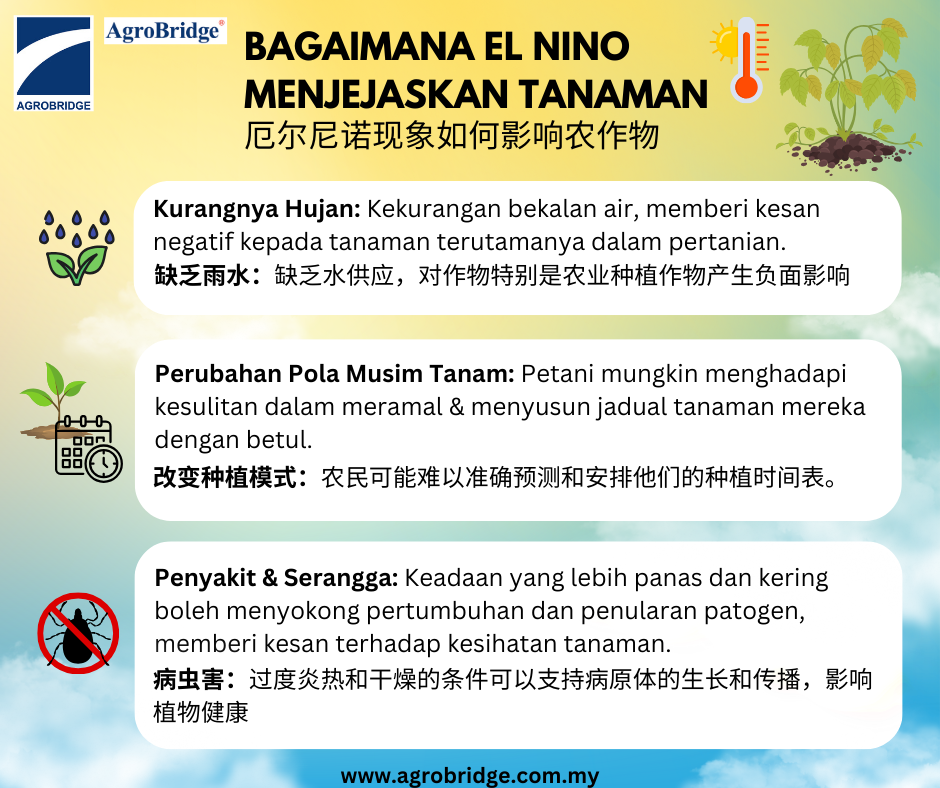
Impact on Plants:
1. Lack of Rain: El Niño can lead to drought in some areas, resulting in reduced rainfall and higher temperatures. This can lead to drought and water shortages, negatively affecting plants, especially in agriculture.
2. Increased Temperature: Higher temperatures can impact plant growth. Certain plants may face heat stress that can cause damage or loss of yield.
3. Changes in Planting Seasons: El Niño can cause changes in planting and harvesting seasons. Farmers may face difficulties in accurately predicting and scheduling their crops.
4. Diseases and Pests: Abnormal weather conditions during El Niño can create a suitable environment for the growth of damaging insects and diseases. Warmer and drier conditions can support the growth and spread of pathogens, affecting plant health.
It's important to note that the effects of El Niño are not uniform worldwide, and its impact can vary depending on geographical regions and the types of plants grown. Additionally, it is often associated with the opposite phenomenon, La Niña, which brings contrasting effects.

